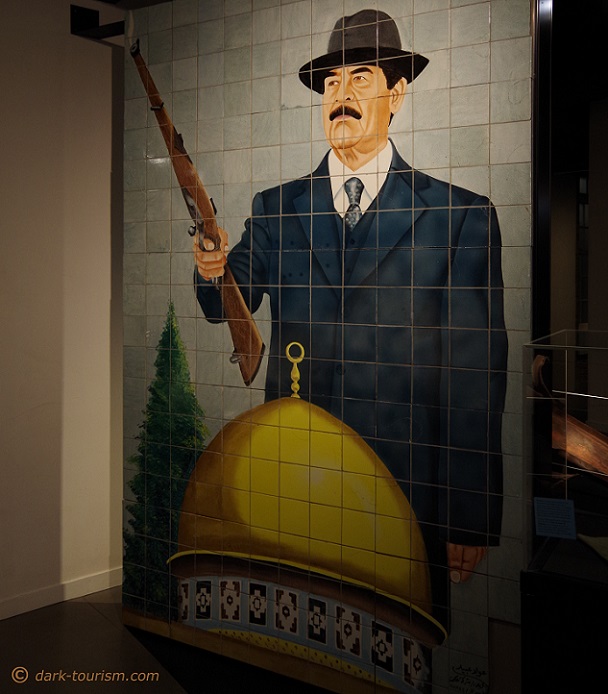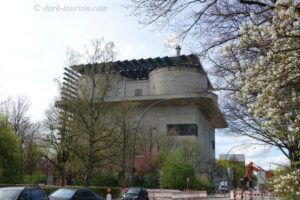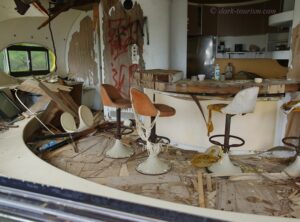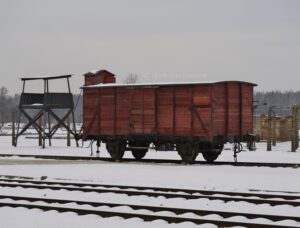On this Day, 17 years ago, on 13 December 2003, the former president of Iraq, Saddam Hussein, was captured. He had disappeared from public view shortly after the US-led invasion of Iraq in the Second (American) Gulf War entered its final stages. When US troops marched into the capital Baghdad he was nowhere to be found.
The manhunt for Saddam Hussein, in the so-called Operation Red Dawn, took many months but in December he was found in the town of ad-Dawr not far from Tikrit in the northern part of the country where he was originally from.
Apparently he was hiding in a hole under some floorboards, and he had grown a long Karl-Marx-like beard. He put up virtually no resistance, was quickly disarmed (he had a pistol, and a Kalashnikov on him) and taken into custody.
I remember well the press conference in which then US president George W. Bush gleefully announced to the media “We got him!”.
The old dictator, who had earned himself the nickname “the Butcher of Baghdad” through his purges, genocidal attacks with chemical weapons on minority communities in Iraq and for going to war with Iran and invading Kuwait, was then put on trial. In 2006 the Iraqi tribunal found him guilty of crimes against humanity and sentenced him to death. The defence appealed but the Iraqi Supreme Court upheld the verdict.
The execution was by hanging, despite Saddam’s demand for a firing squad instead, which he claimed would have been more appropriate given his military rank.
The date of the execution was 30 December 2006, which was controversial as that was the first day of Eid al-Adha that year. This attracted criticism from other Muslim countries, in particular Saudi Arabia, where a presenter on state TV called it “demeaning” of a holy day.
Equally controversial was the fact that the execution was videoed on a mobile phone and that some footage of it found its way into the public domain.
Today’s photo shows a “war trophy”, a typical glorifying mural of the Iraqi dictator, that is now on display at the Imperial War Museum in London.
[Part of this post re-uses some text and the photo from a post on this date three years ago on the purged former DT page I used to curate on Facebook and which now only exists in a reconstructed archived form.]




